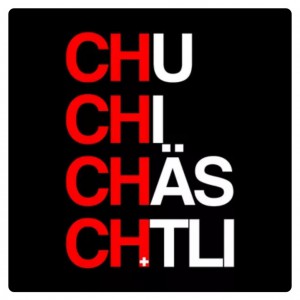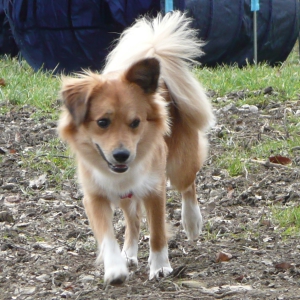Hunde arbeiten
schon seit Ewigkeiten mit dem Menschen oder für ihn. Daran hat sich nicht viel geändert, wenn es auch heutzutage vielleicht neue Berufsfelder sind, die den Hunden erschlossen werden.
Für die Hunderunde „Hund mit Job – Spezialisten auf 4 Pfoten“ habe ich 3 Experten zu Gast, die bestens Bescheid wissen über arbeitende Hunde:
Gerd Köhler, bekannter Trainer und Vortragender in Sachen Hund, Mitglied der Pet Dog Trainers of Europe, leitet eine Ausbildung für Diabetikerwarnhunde. Das sind Hunde, die gelernt haben, ihrem Menschen eine Unter- bzw. eine Überzuckerung anzuzeigen. www.schutzengelhunde.de
Walter Sofronie leitet einen Verein zur Ausbildung und Einsatzerhaltung von Rettungs- und Therapiebegleithunden. Das ist eine Gruppe von Idealisten, die mit ihren Hunden vermisste Menschen suchen und – zumindest einige davon – mit tiergestütztem Besuchsdienst Senioren oder Kindern große Freude bereiten.
Dr. Leopold Slotta-Bachmayr, aufmerksamen Hunderunde-Fans ohnehin bekannt, ist ebenfalls in diesem Bereich engagiert: Gemeinsam mit Bettina Falzeder leitet er den Verein Humanis et Canis. Dr. Slotta-Bachmayr ist außerdem Kommandant der Rettungshundestaffel Salzburg , in der die Hunde als Lawinen- und Trümmersuchhunde als Lebensretter zum Einsatz kommen.
Die Hunde erbringen unbezahlbare Leistungen in all diesen Bereichen, doch wie geht es ihnen dabei? Was zeichnet einen Hund aus, der berufstätig ist und wie schaut so eine Ausbildung aus? Worauf muss man achten, wenn Hunde arbeiten? Diese und weitere interessante Fragen bespreche ich mit meinen Gästen am 8. Juli um 12.08 Uhr auf der Radiofabrik.

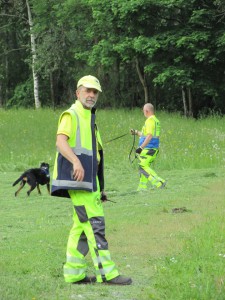
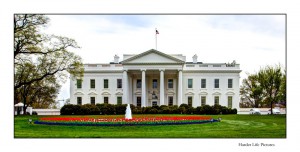
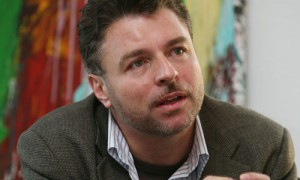

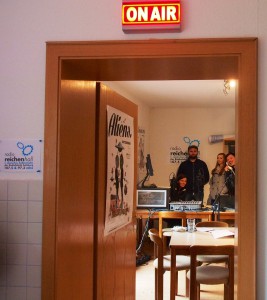

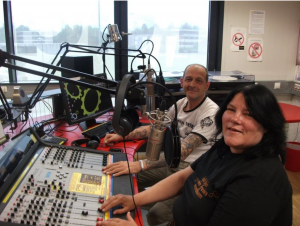 Sie wissen, was es heißt, ganz unten aufzuschlagen. Aber sie wissen auch, wie man es schaffen kann, entgegen aller Widerstände wieder einen Platz in der Gesellschaft zu finden und wieder ein Ziel vor Augen zu haben.
Sie wissen, was es heißt, ganz unten aufzuschlagen. Aber sie wissen auch, wie man es schaffen kann, entgegen aller Widerstände wieder einen Platz in der Gesellschaft zu finden und wieder ein Ziel vor Augen zu haben.